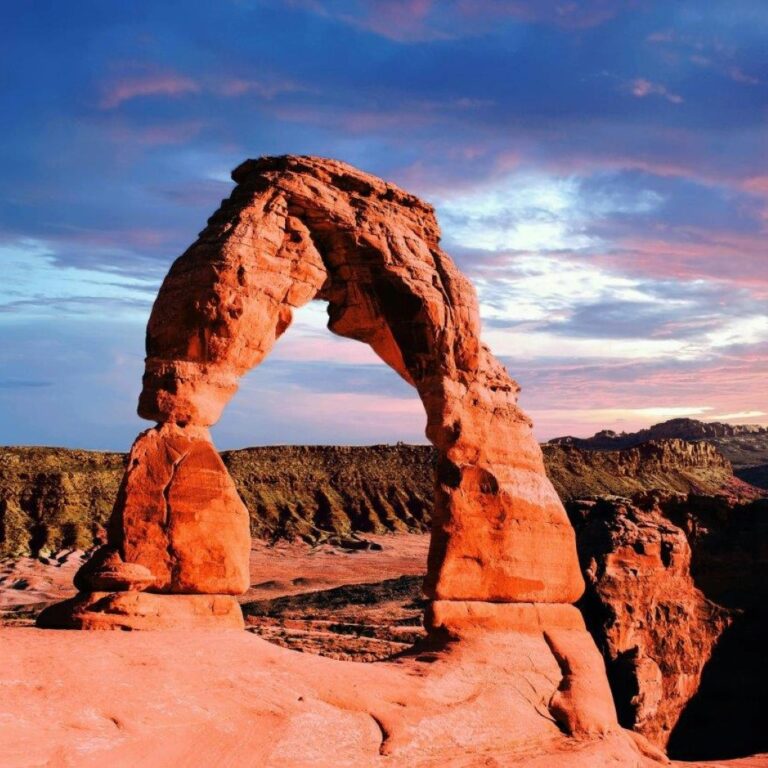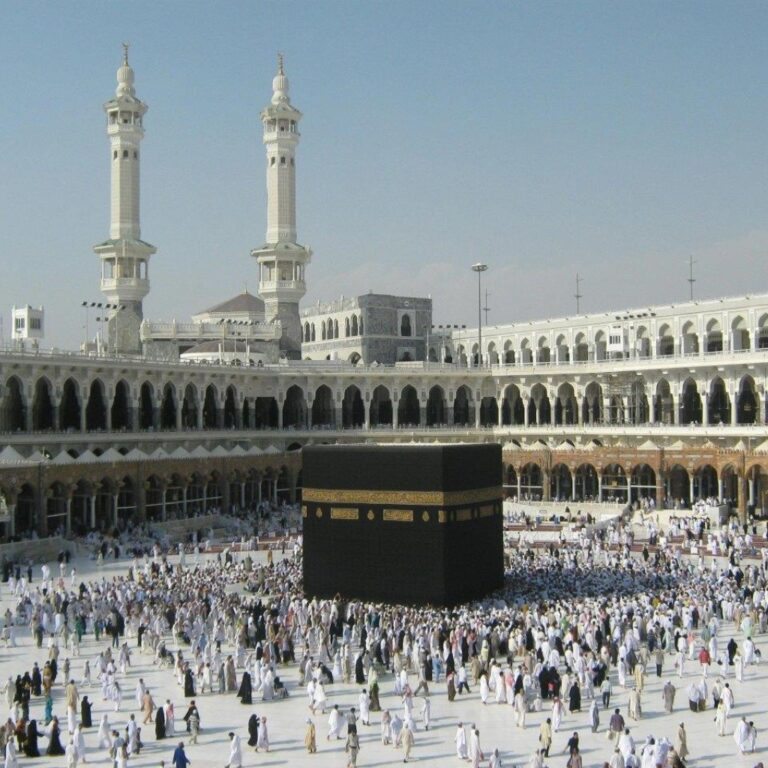The Grand Canyon is 277 miles long, up to 18 miles wide, and over a mile deep, making it one of the largest canyons in the world.
The Grand Canyon is not the deepest canyon in the world; that title belongs to the Yarlung Tsangpo Canyon in Tibet.
The Grand Canyon is around 5 to 6 million years old, though the Colorado River began carving it much earlier, about 70 million years ago.
The Grand Canyon is home to nearly 2,000 known species of plants, 355 species of birds, 89 species of mammals, and 47 species of reptiles.
The Grand Canyon was designated a UNESCO World Heritage Site in 1979.
Despite its size, the Grand Canyon only covers about 1,900 square miles, which is slightly smaller than the state of Delaware.
The Grand Canyon creates its own weather; temperature and weather conditions can vary drastically between the rim and the canyon floor.
The canyon is a sacred site to 11 Native American tribes, including the Havasupai and Hopi.
The Grand Canyon was the site of the first major airplane crash in 1956, which led to the establishment of the Federal Aviation Administration (FAA).
The Grand Canyon has a record of nearly 2 billion years of Earth's geological history exposed in its rock layers.
The canyon's name was officially given by John Wesley Powell, a U.S. Army Major, during his 1869 expedition.
The Grand Canyon receives about 6 million visitors each year, making it one of the most popular tourist destinations in the United States.
There are no dinosaur fossils in the Grand Canyon; the rocks are much older than the age of dinosaurs.
The Grand Canyon was once home to a mysterious civilization known as the Ancestral Puebloans, who lived in the area around 2,000 years ago.
The Grand Canyon Skywalk, a horseshoe-shaped glass bridge, allows visitors to walk 70 feet out over the canyon's edge, 4,000 feet above the Colorado River.



